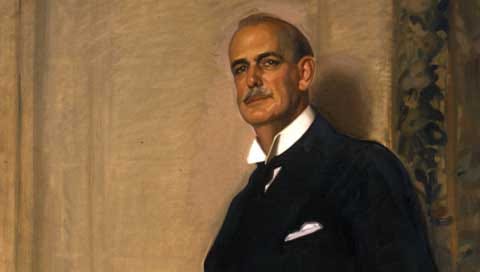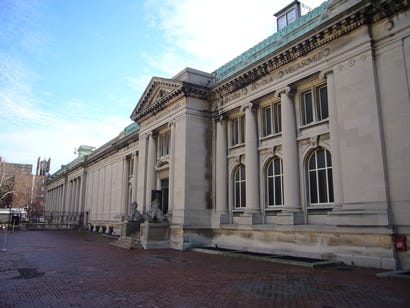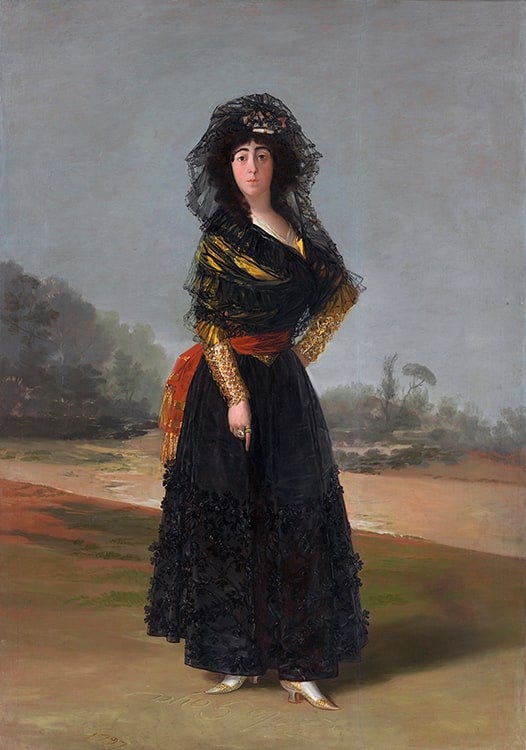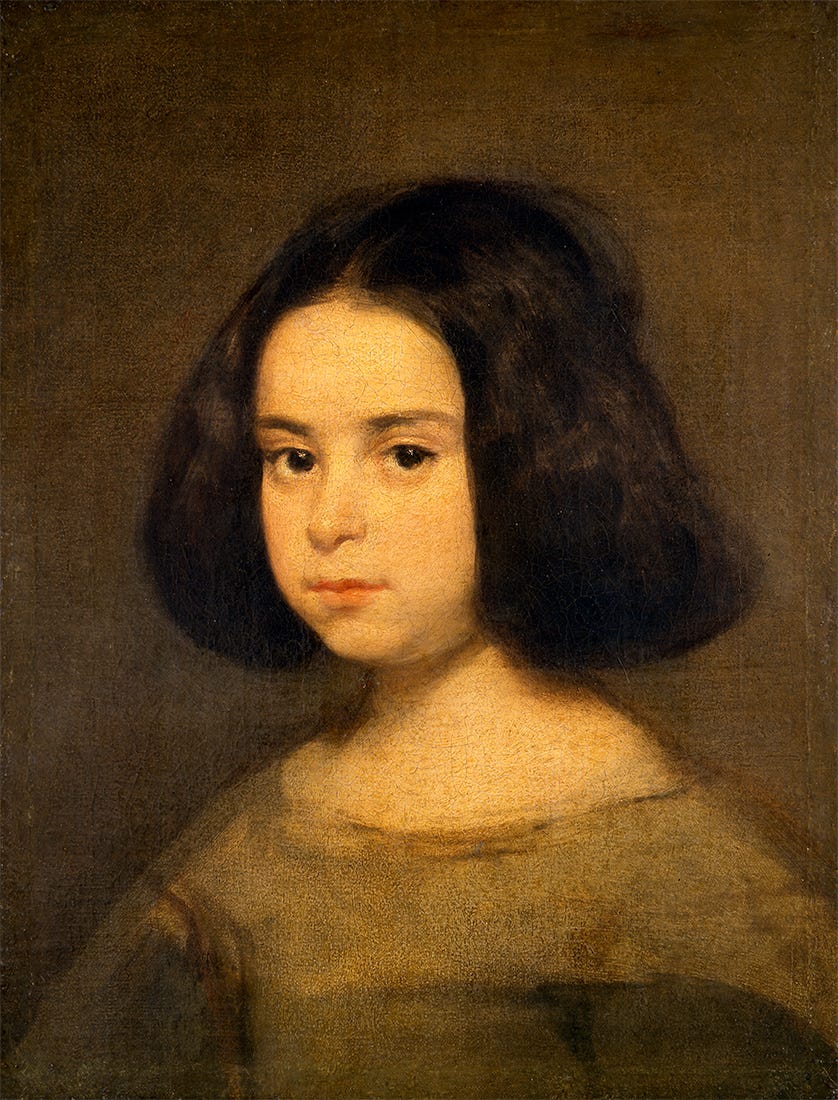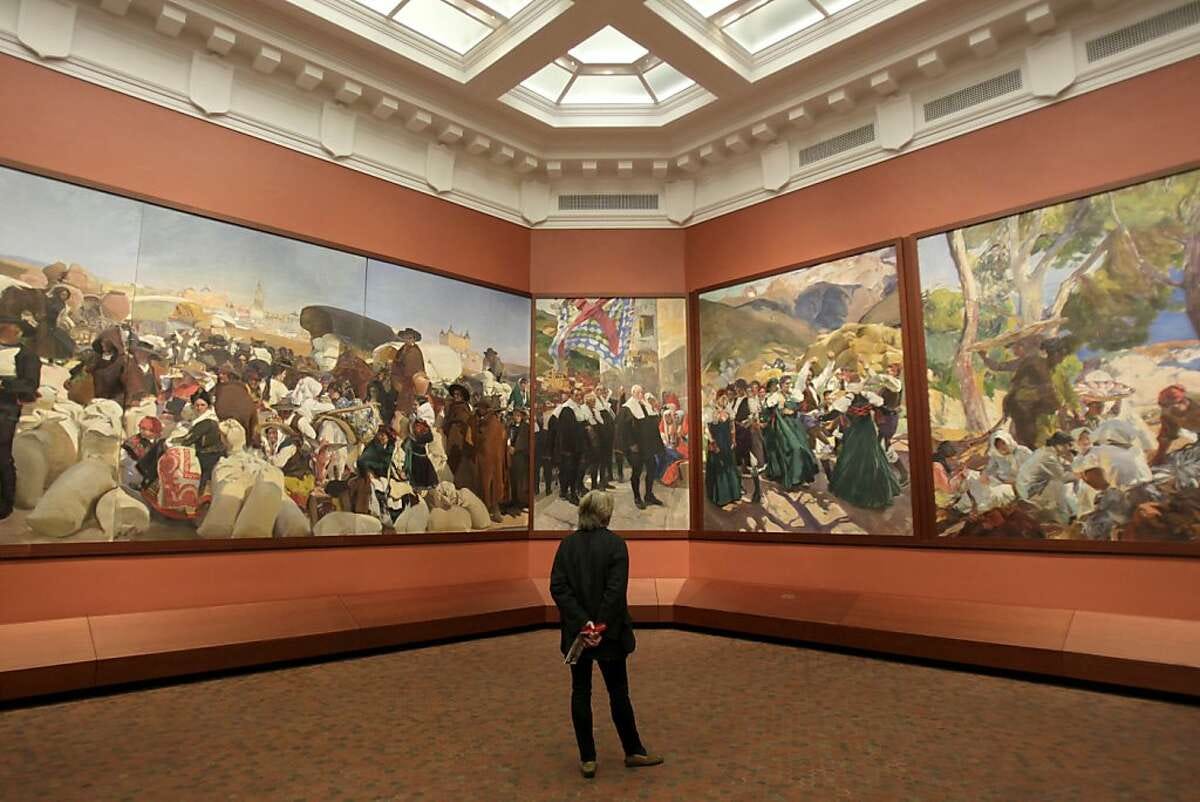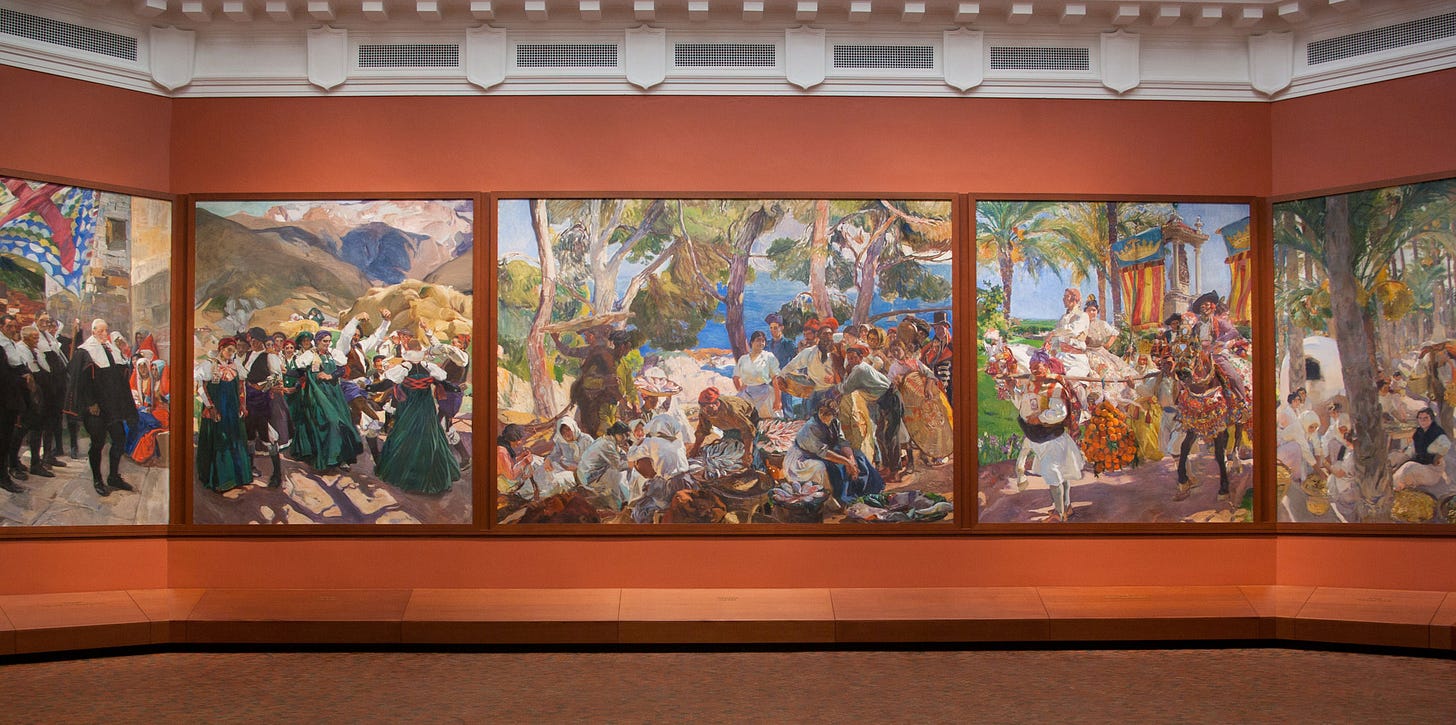Casi Español #1… Archer Milton Huntington
What is it to be casi Español? For me, it is a foreigner, a non-Spaniard, who is so enchanted by the marvelous country of Spain, that they can be considered to be almost Spanish…
There are many famous ones… like Hemingway, Orwell, Michener, Welles… but first on my list is someone of whom you may have never heard: Archer Milton Huntington.
Huntington, seen above in a portrait that hangs in his museum, was born in New York in 1870. His provenance is foggy. His mother, Arabella, was an exceptional and ambitious woman, and when Huntington was fourteen, she married railroad and shipping magnate, Collis Porter Huntington, who immediately adopted the young boy.
Archer Huntington had a keen intellect, strong drive, a demanding mother, and a fabulously wealthy father. He took full advantage of this rare combination of gifts. From an early age, with the help of his tutors, he studied Latin, Greek, and English literature. Along the way he stumbled across several books in Spanish, and he became hooked by the language and culture. His mother, well versed in the French language and culture, took him to study in Paris. But France didn’t stick; more than anyplace else, it was Spain of which he dreamed.
He quickly mastered Spanish, and went onto to learn Arabic as well, recognizing its importance to truly understanding Spanish history. At age nineteen he traveled to Mexico, where he consumed Hispanic culture, and then three years later, in 1892, he first traveled to Spain. He loved everything about the place, but more than anything, it was the “pride and grave dignity of the people” that touched him. Huntington was tall and physically imposing, with boundless energy. When he could, he travelled by rail, where there were no railways, he took stagecoaches, and if there were no stagecoaches, he took burros, or hiked to discover every corner of the country.
He had a poet’s soul, and a scholar’s mind. He translated the medieval epic poem of El Cid. His deep love for Spain is evident in the Preface to his book, A Note-Book in Northern Spain…
“The imagination has wings in this place. Fanaticism is natural, chivalry is necessity. The boom of the outside world dies away and a new world arises — one of fanciful shapes. The senses grow keener and quicker. The clear, calm air is filled with a vitality not of the body. And in the long silences, when sound is forgotten, we seem to hear something.”
His first love was rare books and manuscripts. During his studies at the British Museum, he came across thousand-year-old Mozarabic texts from the Monastery of Santo Domingo de Silos. He was so taken by their strange beauty that he had them copied and reproduced.
He was also a keen coin collector, and his collection of rare Spanish coins is said to be one of the finest ever assembled. His search for unique artifacts lead him to dig deep… literally… as once he organized an archeological dig in southern Spain.
Above all, Huntington was a serious scholar. He had doctorate degrees from Columbia, as well as honorary degrees from Yale and Harvard. In addition, in Spain he was a member of the Real Academia Espanola, the Real Academia de la Historia, and the Real Academia de Belles Artes de San Fernando.
In 1904, he combined his passions for scholarship and collecting, to create the Hispanic Society of America. The Hispanic Society was founded to be a free public library and museum. Huntington gave the museum an important mission: “the advancement and study of the Spanish and Portuguese languages, literature, and history, and the advancement of the study of the countries wherein Spanish and Portuguese are or have been spoken language”.
By 1908 Huntington had erected a magnificent neoclassical building to house his collection.
He filled his museum with great treasures, including 9,000 books printed before 1700, and an almost complete first series of the works of Cervantes. But today, among its nearly 750,000 precious objects, the museum is most known for its spectacular collection of Spanish paintings, like the rendering below of the Duchess of Alba by Goya.
Or, this haunting portrait of a little girl by Velazquez.
But beyond all of these, there is Sorolla. The museum has 243 of the great Spaniard’s works in all!
While in London in 1908, Huntington met the Sorolla, who was then considered the greatest living Spanish artist. An exhibit was organized for the following year, which was to become the most viewed exhibition of paintings (there were more than 350 of them) ever to that time in New York!
Following the great triumph of Sorolla’s exhibition in New York, Huntington commissioned the artist to paint Spain. Over the period from 1912 to 1919 Sorolla created a frieze of fourteen separate murals, stretching over two hundred feet in length, and being more than twelve feet high. These murals captured the essence of the culture, customs, and people of the many of the regions of Spain at the dawn of the modern age. They are a true masterwork… ambitious, imaginative, superbly executed, and touchingly beautiful.
They themselves are worth a trip to New York.
And when you go to see the museum, remember we owe great thanks to these two great men, whose lives will be forever intertwined: Archer Milton Huntington and Joaquin Sorolla.

